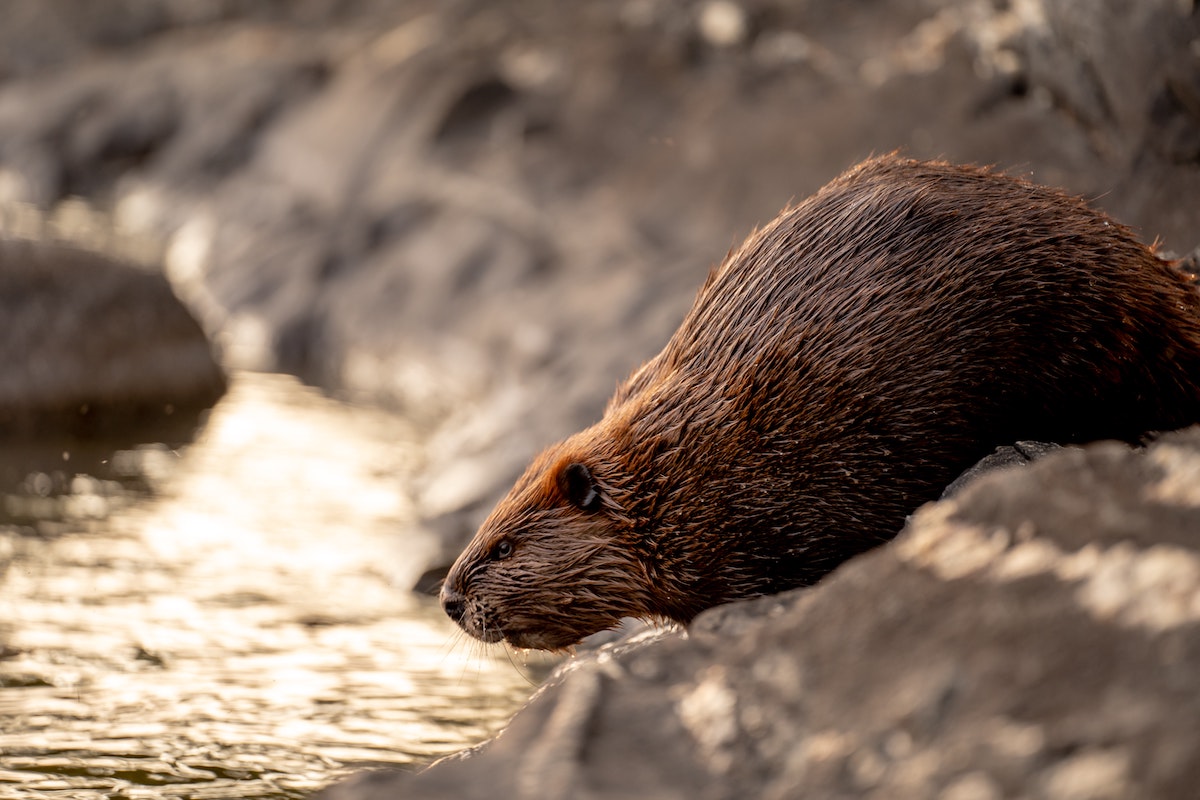Rewilding
When Given the Chance, Nature Can Often Heal Itself, and Rapidly

Over the past 50 years, humans have thrown many ecosystems out of balance. We have pushed roughly 40 percent of plant species to the verge of extinction, and approximately two-thirds of wildlife has been lost. Many scientists and naturalists are shifting focus from protecting a particular species or place of beauty to rebuilding entire ecosystems that can sustain themselves with minimal human interference.
Rewilding attempts to restore ecosystem balance by trusting natural environments to recover by themselves with maybe a little initial push. Often, this nudge is reintroducing a keystone species to areas where it has become extinct. Keystone creatures are ones that have a structural role in a natural community disproportionate to their abundance; frequently, they are large, wide-ranging predators (mammals, raptors, large fish, etc.).
Yellowstone is the best-known rewilding project, where 14 wolves were reintroduced in 1995. The obliteration of wolves in Wyoming 100 years earlier led to big increases in elk herds and eventually to overgrazing of grasses, and even aspen and willows. Hindering the growth of riparian trees deprived birds and beavers of their natural habitat. Moreover, the water temperature rose from lack of shade, negatively affecting fish and other aquatic creatures. Within 20 years, the wolf population has normalized and rebalanced the park’s ecosystem to its biodiversity.
There are numerous other examples of rewilding. For example, reintroducing the nearly extinct giant tortoise to the Galapagos. These ecosystem engineers have brought new system balance to the islands. The largest project, the Yellowstone to Yukon Conservation Initiative, covers 502,000 square miles in five western states, two Canadian provinces, and two Canadian territories.
Scotland’s success in reintroducing beavers has led to a campaign by the Scottish Rewilding Alliance (SWA) to make the country the world’s first “rewilding nation.” It has the popular support of three-quarters of the population. There are five components:
- Commit to rewilding 30 percent of public land.
- Establish a community fund to support rewilding in towns and cities.
- Back the reintegration of keystone species such as beavers and the Eurasian lynx where there is local support.
- Create a coastal zone where dredging and trawling are not permitted.
- Introduce a plan to control deer populations, allowing land to recover from overgrazing.
Rewilding can apply to urban and coastal areas, as well as rural lands. Restoring wetlands will be part of the plan to buffer against ocean rise and storm surges. Sheep will be removed from some tracts of land. Overpopulated red deer herds will be thinned by reintroducing wolves and lynx. Originally, much of Scotland was covered by the Caledonian Forest, but only one percent remains today. Rewilding will begin reversing this trend. Research indicates rewilding will be good for the economy. A study by Taylor et al. predicts that rewilding will create five times as much employment as agriculture.
Support the Santa Barbara Independent through a long-term or a single contribution.



